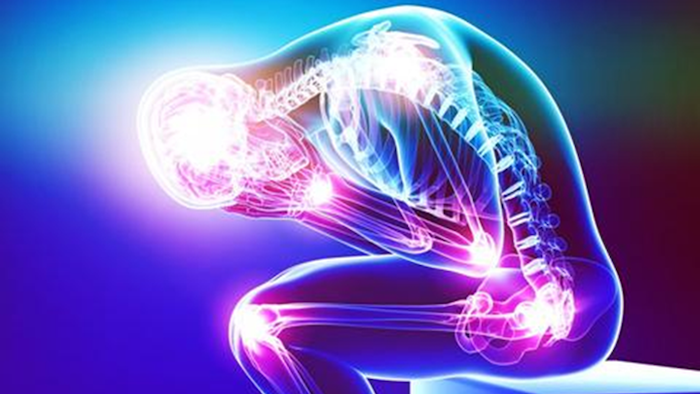
It is a well-known fact that men need adequate testosterone levels for healthy sexual function, but did you know even women need enough testosterone to function normally? Testosterone levels do a variety of tasks in the body outside of regulating libido. Testosterone is crucial for cellular growth, immunity, and a healthy nervous system.
Many researchers and doctors worldwide are recognizing the deficiency of testosterone in chronic pain patients. Due to its integral role in pain control and management, testosterone therapy is quickly becoming a mandatory element in the treatment of chronic pain. Let’s examine low testosterone’s relationship with chronic pain and explore the numerous benefits associated with low-T therapy.
What Is Testosterone Therapy?
When most people hear the word “testosterone,” they tend to think of the common misconception equating the chemical to a male hormone used for erectile function and libido. However, that is only one of the multitudinous operations of testosterone.
Adequate testosterone levels are just as critical in women as they are in men. Without healthy testosterone, the body fails to control pain adequately. Testosterone deficiency also leads to depression, lack of motivation, lethargy, sluggishness, and poor sleep.
This shortage is where testosterone therapy or low-T therapy becomes relevant. Low-T therapy comes in a variety of forms, including hormone replacement therapy (HRT), skin patches, or even oral medication. If your doctor finds you have low testosterone levels, defined as less than 300 nanograms per deciliter, then they may recommend testosterone injections.
Can Low Testosterone Cause Muscle Pain?
Hormonal imbalances, such as testosterone deficiency, can lead to joint and muscle pain. Testosterone therapy can help to relieve pain associated with Low-T.
Other Symptoms of Low Testosterone
- Here are some other common symptoms of testosterone deficiency:
- Diminished sex drive
- Excessive fatigue and reduced energy levels
- Infertility
- Depression
- Anxiety
- Unusual breast enlargement
- Erectile dysfunction
- Sudden weight gain
- Loss of body and facial hair
- Loss of bone density
- Difficulty concentrating
- Low sense of well-being
If your chronic pain is accompanied by any of these issues as well, you are more likely to have low testosterone levels. However, you cannot solely determine a low testosterone condition by identifying symptoms. The only sure method for diagnosing low testosterone is to undergo a routine blood test under the supervision of a doctor. It is imperative to seek a doctor immediately, as low testosterone can cause reduced bone mass, which is dangerous in combination with chronic pain.
Is Testosterone Therapy Right for Me?
If you show several signs of low testosterone and your blood test indicates a deficiency of the chemical, then a doctor will prescribe a form of testosterone therapy.
If you are wondering whether testosterone for pain relief is a good option for you, request a medical consultation. If doctors find you are a suitable candidate for testosterone therapy, you could be on the path to getting long-lasting relief for chronic pain and achieving enhanced energy levels.
Precision Pain Care and Rehabilitation has four convenient locations in Richmond Hill – Queens and New Hyde Park, Lindenhurst, and Valley Stream – Long Island. Call the Queens office at (718) 215-1888, or (516) 419-4480 for the Long Island offices, to arrange an appointment with our Interventional Pain Management Specialist, Dr. Jeffrey Chacko.













